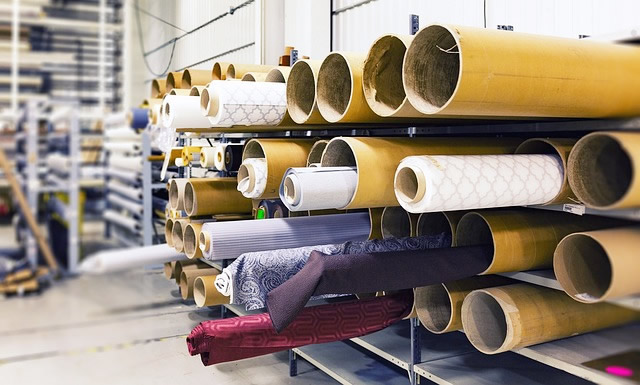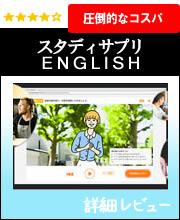今日から「Why fabric fraud is so easy to hide -「布地の偽装はバレにくい」を読んでいます。

In 2016, US retailer Target severed ties with textile manufacturer Welspun India after discovering that 750,000 sheets and pillowcases labelled Egyptian cotton were not 100% Egyptian after all.
2016年、アメリカの小売業者ターゲットは、エジプト綿と表示された75万枚のシーツと枕カバーが実は100%エジプト綿ではなかったことが判明し、インドの繊維メーカー、ウェルスパン社との関係を解消した。
sever one’s ties with~「~と縁を切る、~との関係を解消する」。
Egypt has long been known for producing long- and extra-long-staple cotton, a variety of the crop with especially long threads that results in softer and more durable fabric
エジプトは古くから長繊維、超長繊維の綿花の産地として知られ、特に長い糸では柔らかく耐久性のある布地ができるため
- so products labelled Egyptian typically command a higher price.
エジプト産と表示された製品は通常より高い値段で取引されている。
But the year after the Welspun incident, the Cotton Egypt Association estimated that 90% of global supplies of Egyptian cotton in 2016 were fake.
だがウェルスパン事件の翌年、コットン・エジプト協会は、2016年のエジプト綿の世界供給品の90%が偽物であったと推測した。
Egyptian cotton is not the only fabric that has fallen foul of mislabelling in recent years.
近年、誤表示されるようになったのは、エジプト綿だけではない。
In 2020, the Global Organic Textile Standard (Gots) said that 20,000 tonnes of Indian cotton had been incorrectly certified as organic
2020年、オーガニックテキスタイル世界基準(Gots)は、2万トンのインド綿が不正にオーガニック認証されたと発表したが、
- around a sixth of the country’s total production.
これは同国の総生産量の約6分の1にあたる。
In 2017, a Vietnamese silk brand admitted that half of its silk actually came from China.
2017年、ベトナムのシルクブランドが、実はシルクの半分が中国産であることを認めた。
And in 2018, several British retailers had to withdraw “faux” fur products that turned out to be the real thing.
そして2018年には、複数のイギリスの小売業者が、本物と判明した「フェイク」ファー製品を引き揚げるはめになった。
From choosing an organic cotton T-shirt to buying trainers made out of recycled plastic bottles, many of us opt to pay more in the hope that our purchase will be better quality, or help people or the planet.
オーガニックコットンのTシャツを選んだり、ペットボトルを再利用したトレーナーを買う時、多くの人がより良い品質や人や地球のためになることを期待して、高いお金を払うことを選ぶ。
However, as the Welspun incident and others have shown, when it comes to textiles, we’re not always getting what we think we’ve paid for.
しかしウェルスパン社の事件などが示すように、こと繊維製品に関しては、出費に見合うものが必ずしも手に入るとは限らない。
個人的にとてもよく分かる話です。
特にここ5~6年の服地の質の劣化はすごいと思っていました。
まず天然繊維100%のものは見つけにくくなりましたし、あったとしてもその価格に見合う品質かどうか・・・結局買うのを止めることも多いです。
日本ではユナイテッドアローズのカシミア偽装事件など、記憶に残っています。
消費者としては自分の直感とラベルの表示を信じる以外に方法はないのですが、これはファストファッションの台頭で繊維需要が供給に追いつかなくなったとか、そんな話なんでしょうか。
早速読んでいきましょう!
理由は単純明快!「少ないコストでしっかり楽しく学べるから」。
私自身の経験(高機能でビックリ)をびっしり書いていますので、良かったら読んでみてください。
下のバナーからどうぞ!






